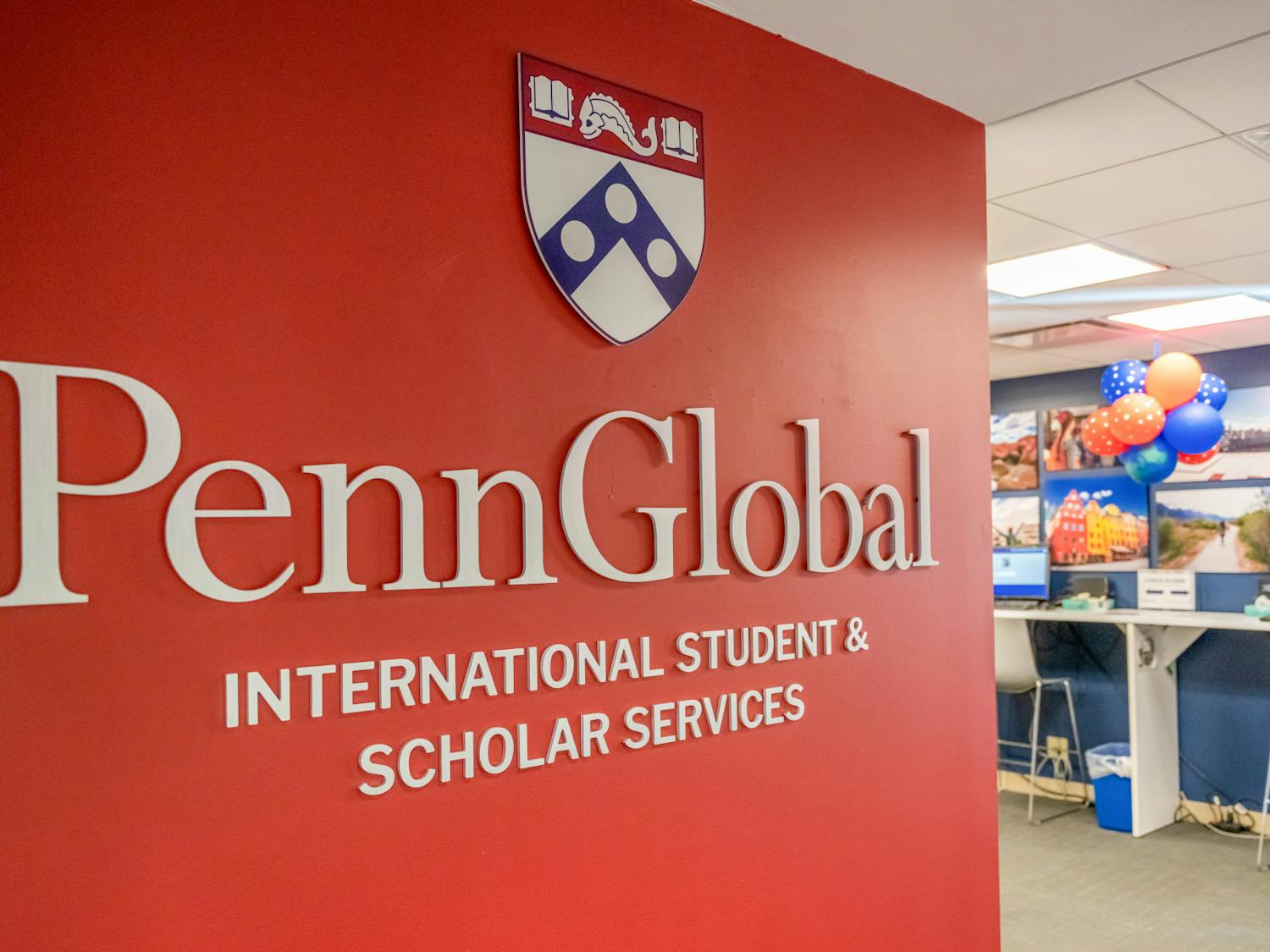With the hiring of an additional faculty member, the South Asia Studies Department is beginning to rebuild after experiencing troubles over the past few years.
In 2009, the five-person department suffered an unexpected loss when then-department Chairman Aditya Behl died unexpectedly. Its faculty then shrank to three when a professor resigned halfway through last year.
The department has been searching for new faculty members to fill the two spots, current Chairman Daud Ali said.
Professor Ramya Sreenivasan, who joined the department this fall, is the result of one of the searches, Ali said, adding that Sreenivasan is an expert on gender, literature and South Asian history.
The department, which is one of the smallest at Penn, currently hosts four faculty members, two of whom are tenured. It will continue to search for professors who specialize in religious studies and literature this year.
Many South Asia Studies classes are cross-listed with other departments in the humanities, Ali said.
He said this has been done partly to increase class enrollment, but also to represent the nature of its interdisciplinary classes.
Although the demand for South Asia Studies courses has been high, there are only about 20 students in the major.
Past coverage
Feb. 2010: Students push for expansion of South Asia Studies department
Oct. 2010: South Asia Studies transitions from period of ‘crisis’
Topics
Ali said he wishes for more South Asian representation across the humanities at Penn. For instance, he explained, there is currently no South Asian historian in the History Department, as well as no professor specializing in South Asia in the Religious Studies Department.
“Due to retirements and departures of faculty in other departments that haven’t been replaced due to the financial showdown, the burden on our department is even greater,” he added.
However, representation is growing. Assistant professor of History and Sociology of Science Projit Mukharji also arrived at Penn this fall. He is teaching two undergraduate courses in the HSOC Department which are related to South Asia. He is also teaching a graduate class in the South Asia Studies Department.
College junior Umar Sheikh cited the department as one of the reasons why he decided to come to Penn.
“I’ve never experienced the department at its golden age, but I’ve been pretty happy with the diversity of courses offered now,” he said.
Penn was the first university in the United States to have a South Asia area studies department.
Sheikh has been impressed by the depth and breadth of course offerings, but he would ideally like to take a Bollywood Cinema Studies class — a course that is no long offered due to shortages in the department. “I’ve always found [the department] to be my home away from home. The faculty and staff are very friendly,” Sheikh said.
Ali is happy with the way the department is growing.
“We are thankful to the deans who have authorized the searches [for faculty] that have been authorized in the past two years,” he said.
Mukharji does not believe numbers are a true representation of quality. He noted that there are many faculty members in other departments doing work that is related to South Asia.
“If you look at the whole strength, then you actually have quite a big critical mass.”
He also has high hopes for the future of the department.
Penn “has the potential of becoming one of the big, strong South Asian centers in North America, because of the kind of people it has and the kind of work it is doing,” Mukharji said.
Past coverage
Feb. 2010: Students push for expansion of South Asia Studies department
Oct. 2010: South Asia Studies transitions from period of ‘crisis’








